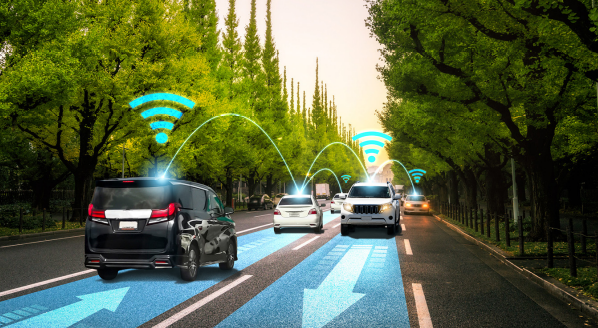Explore the current status of Bangladesh’s automotive industry, emphasizing its modest size in comparison to Asian peers. Analyze statistics indicating low passenger vehicle ownership and the dominance of imported vehicles in the market.
A Closer Look at the Numbers
Delve into the specifics of passenger vehicle registration in Bangladesh, highlighting the segmentation of sedans, SUVs, and microbuses. Uncover trends in demand over recent years, emphasizing the shift in popularity among vehicle types.
A Decade of Fluctuations
Examine the growth trajectory of Bangladesh’s automobile market, focusing on the peak years between 2015 and 2017 and the subsequent decline. Discuss the sector’s heavy dependence on imports, featuring local assembly initiatives by companies like Pragoti and PHP Motors.
Automobile Industry Development Policy 2021
Analyze the key features and objectives of the Automobile Industry Development Policy 2021, emphasizing its role in steering the sector towards self-sufficiency, electric modes, and regional manufacturing hub status. Explore tax incentives, export benefits, and opportunities for investors outlined in the policy.
The Market Dynamics and Purchasing Power
Understand the growth opportunities in Bangladesh’s automotive market, driven by an annual 8 percent growth rate and the rising purchasing power of the expanding middle class. Explore how the middle class contributes significantly to the demand for passenger cars.
Fueling Investment in Local Manufacturing
Highlight the incentives provided by the policy, such as zero-duty import of capital machinery, duty-free access for commercial vehicle parts, concessional loans for local commercial vehicle marketing, and a 15 percent cash incentive for exported locally assembled or CKD cars.
Bangladesh’s Shift Towards Sustainable Transportation
Explore Bangladesh’s vision to cut reliance on imported vehicles, transition to electric modes of transportation, and emerge as a regional hub for automobile manufacturing by 2030. Discuss the policy’s role in fostering innovation, technology adoption, and efficiency in the local automotive sector.
Import Disincentives and Global Integration
Examine the policy’s discouragement of completely built-up units of used vehicle imports, emphasizing the affordability of locally assembled cars. Explore the government’s strategies to attract both local and foreign investments, set global standards for locally manufactured vehicles, and facilitate market entry into new territories.
Bangladesh’s Automotive Industry on the Global Stage
Consider the policy’s bold assertion that Bangladesh’s automotive industry could become part of the global supply chain, signifying the country’s international recognition and collaboration aspirations. Discuss the potential impact on the global automotive ecosystem.
Shaping Bangladesh’s Automotive Future
Summarize the policy’s objectives and the roadmap for Bangladesh’s evolving automotive ecosystem. Conclude by highlighting the policy’s significance in providing a strategic direction for the industry’s sustainable growth and technological advancement.




